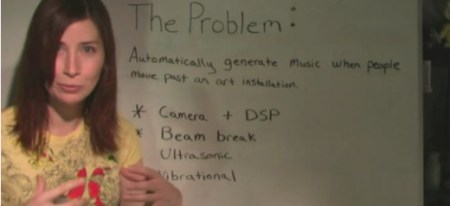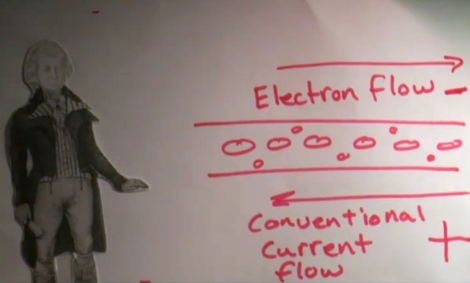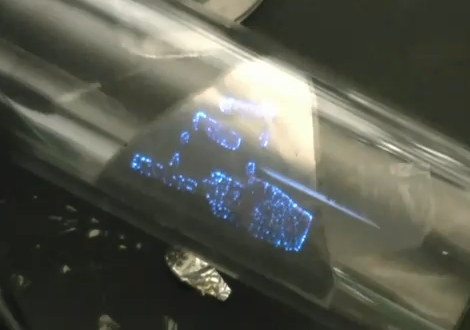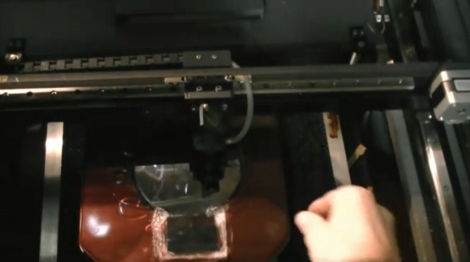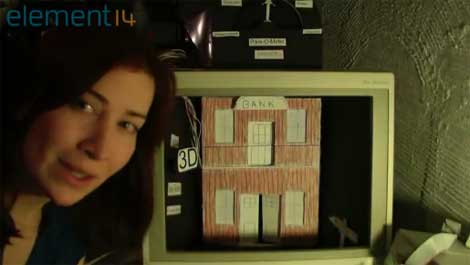
Back with another interesting vidoe, [Jeri Ellsworth] once again brings us an amusing and educational hack. This time she’s made a “shooting gallery” in the style of the old arcade games that actually used projectiles. In her version however, she’s using LEDs in the targets which are detected by the gun. In an effort to keep the feel the same, she rigged up a pinball bell to ding at the appropriate times and it is quite effective.
As usual, she does a great job of breaking everything down and explaining how it all works. She shows us around her prototype so you can see how it is constructed, if you can make it through the solder gun shootout in the beginning. If she were to continue with this project beyond the functional prototype stage, we’d love to see small video clips being displayed for the targets pepper’s ghost style. Maybe we’re just having fond memories of Time Traveler.


